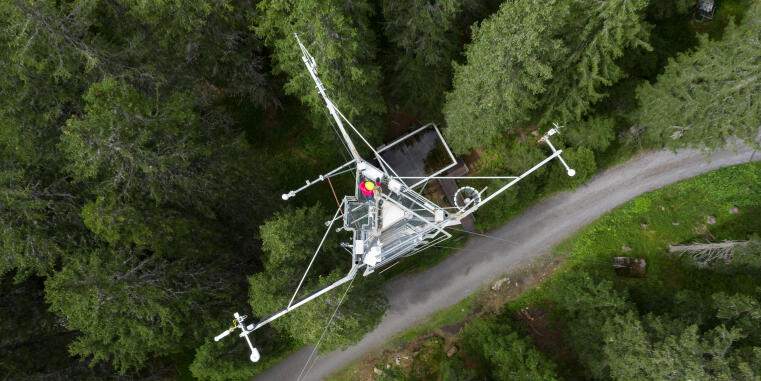

Project COCO (2021-2025)

Achieving “nature-based” solutions, proposed in the Paris Agreement, needs a comprehensive understanding of consequences of climate change on forest carbon budgets. This requires the existence and availability of long-term, high-quality data on ecosystem functions, such as net ecosystem exchange (NEE), which can be partitioned into ecosystem CO2 uptake (GPP) and respiratory losses (Reco), crucial to understand the mechanisms underlying forest responses and assess their potential for sustained C sequestration. Thus, detection of flux (un)certainty is crucial, and is best done by additional constraints, e.g. by below-canopy flux measurements, advection estimates as well as carbonyl sulphide (COS) fluxes.
In COCO aims are to
- independently validate gross primary production estimates with COS fluxes,
- to constrain ecosystem respiration estimates using below-canopy fluxes,
- to quantify advection of CO2, and
- to identify long-term trends and short-term responses of CO2 fluxes to climate extremes.
This project is hosted at ETH Zurich.
Publications
Krebs L, Burri S, Feigenwinter I, Gharun M, Meier P, Buchmann N (2024) Forest-floor respiration, N2O fluxes, and CH4 fluxes in a subalpine spruce forest: drivers and annual budgets, Biogeosciences, 21, 2005–2028. https://doi.org/10.5194/bg-21-2005-2024


